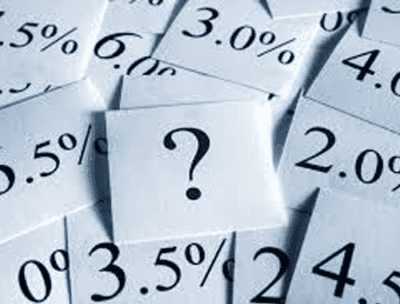
21 Jul Beware the “Line Fee”
We are seeing an increasing number of bank quotes where the ‘Line Fee’ represents a major portion of the interest rate.
For the uninitiated, a ‘Line Fee’ (expressed as an interest rate) is generally charged on the loan limit, and not the loan balance. For example, if your loan limit is $5 million but post grain sales your balance is $3 million, then the line fee will apply to the $5 million limit. This means you are paying for debt you are not using, albeit the bank will say this is the cost of holding the funds for you. The banks’ argument has merit to a certain point (say up to 0.25% for a line fee), but beyond that it becomes a strong profit driver for the bank and an inefficient cost to the customer. The problem is exacerbated the more a loan balance falls below the loan limit.
It can get even more confusing, because the banks use different terminology when presenting your interest rates, and in some cases, the ‘Line Fee’ means two different things to two different banks.
The best way to check your interest rates is to simply ask your bank:
- what components of the interest rate are charged on the loan limit, and
- what components of the interest rate are charged on the loan balance.
In conclusion, don’t just focus on the ‘all up rate’. It is important to know what components of the interest rate are charged on the loan limit and balance, and hence what your true cost of borrowing is if your loan is drawn to 100%, 80%, and 60% of the loan limit.



Sorry, the comment form is closed at this time.